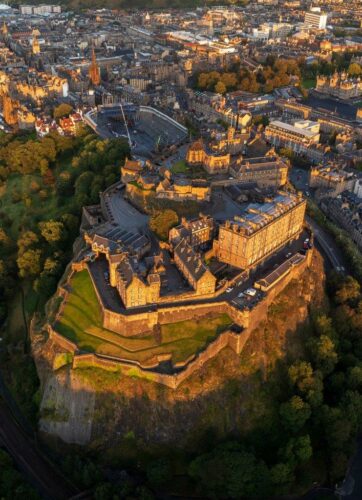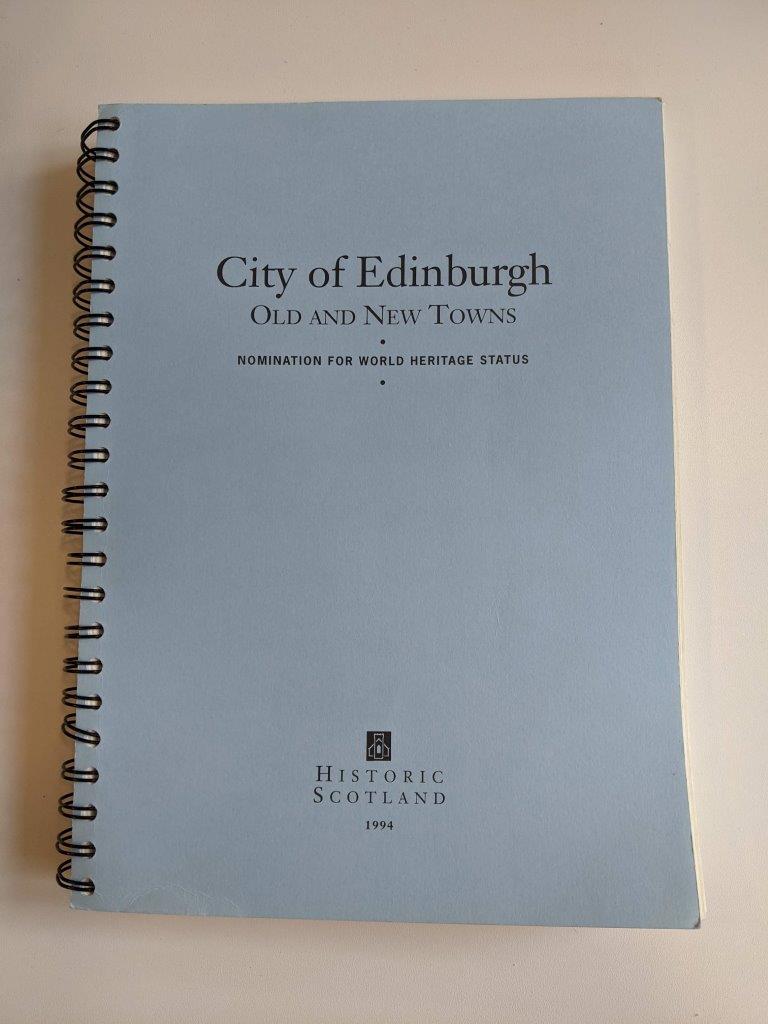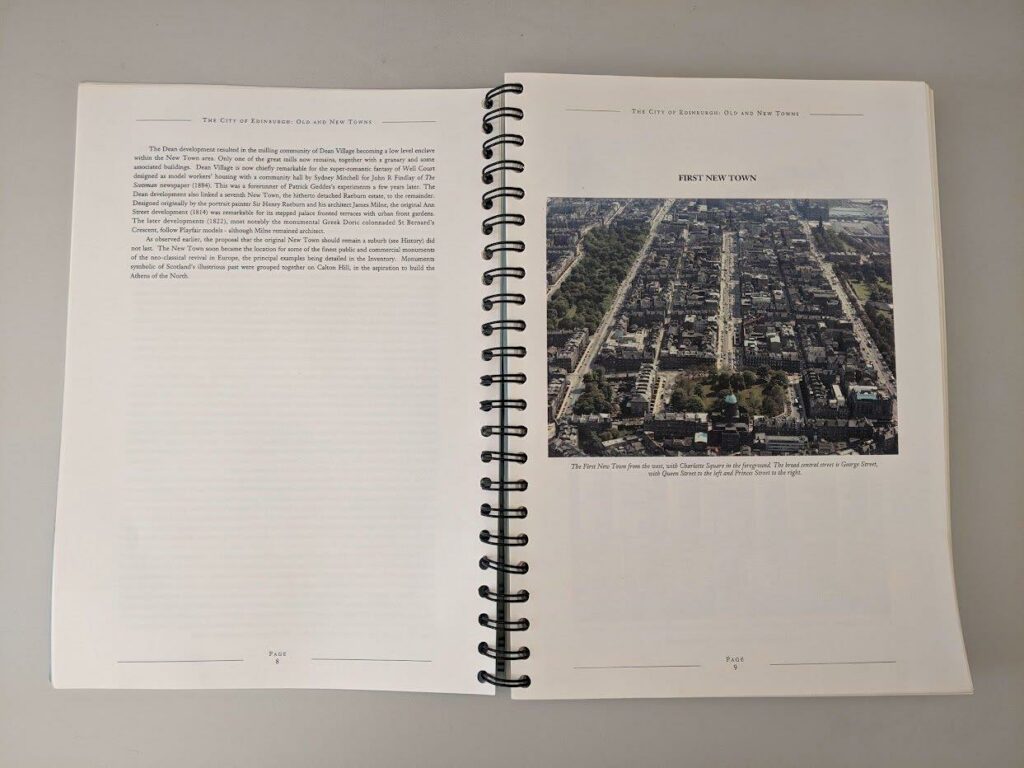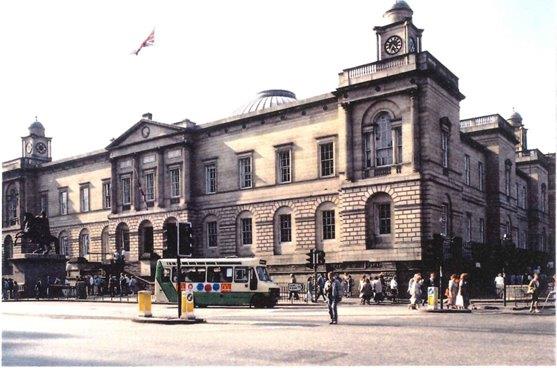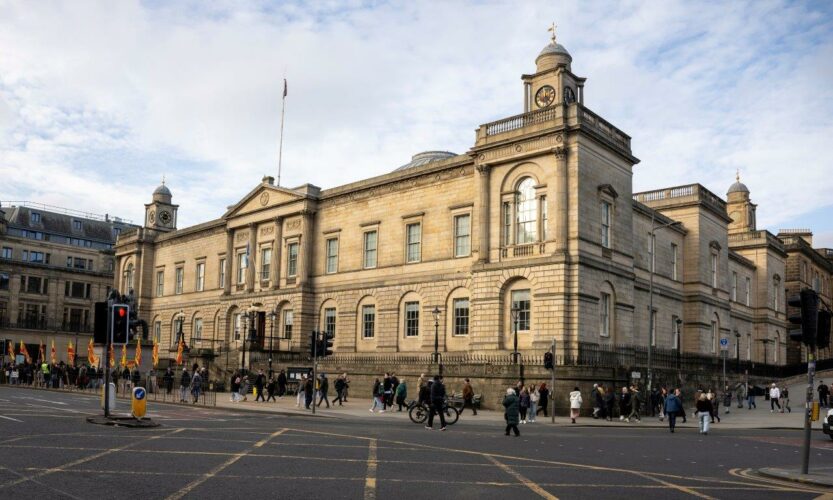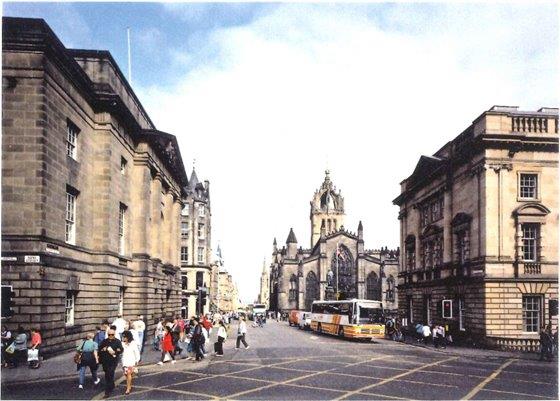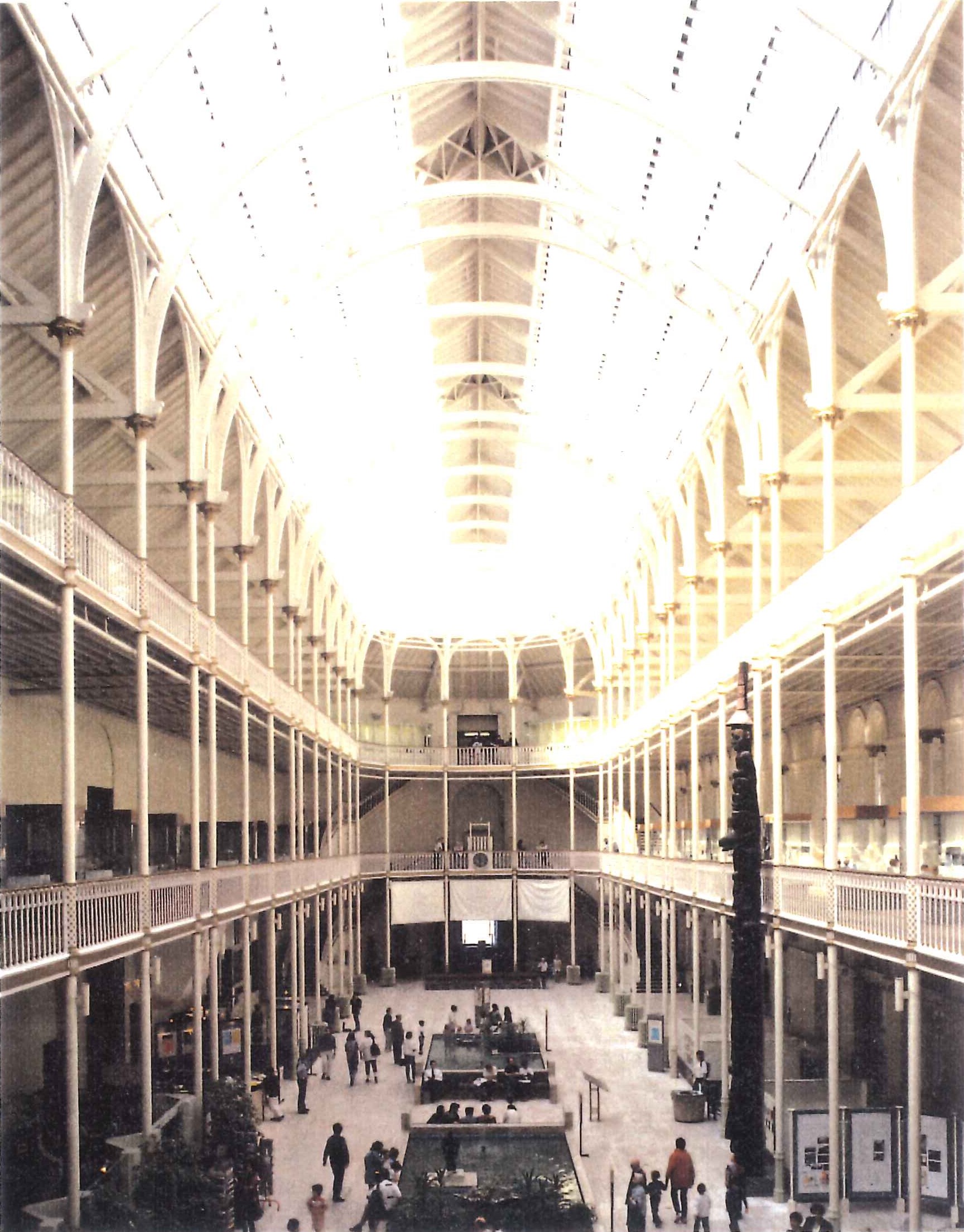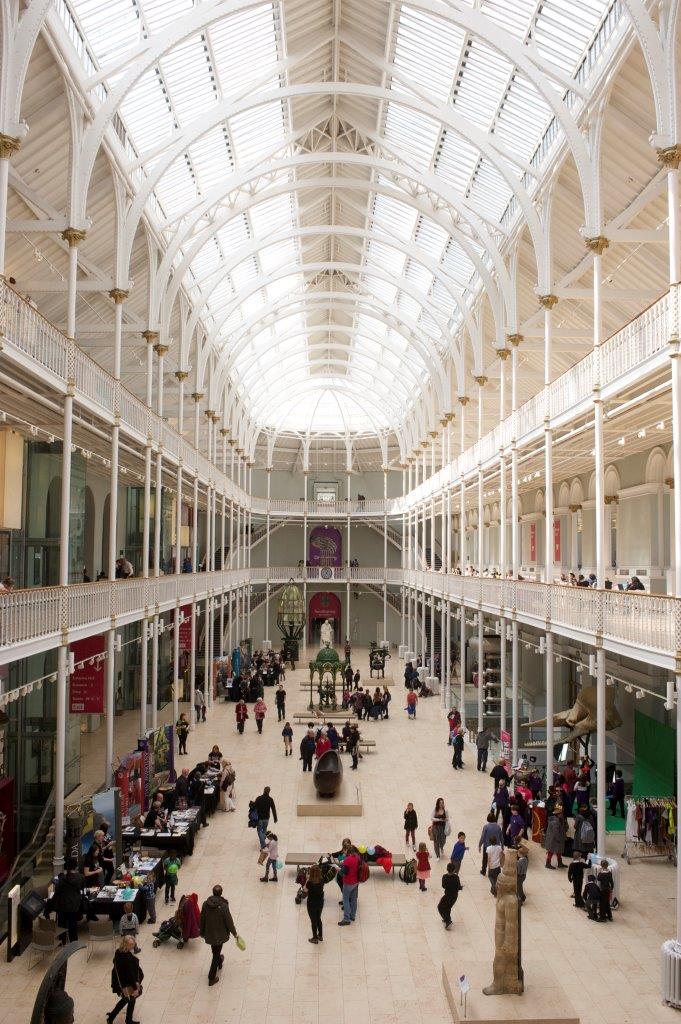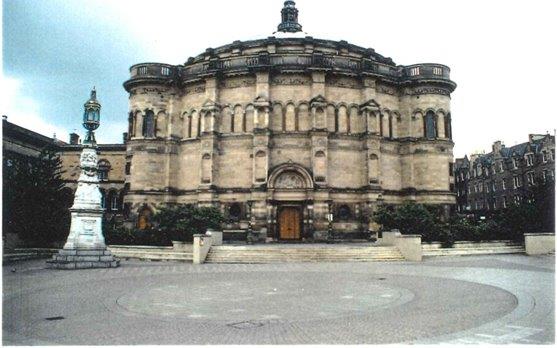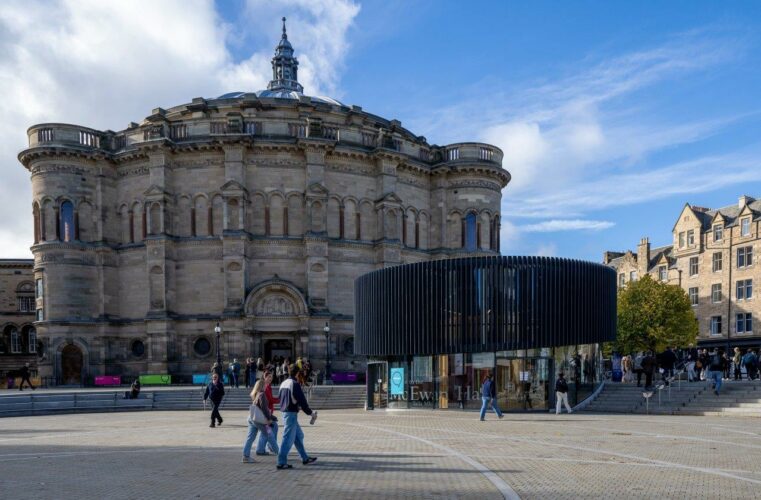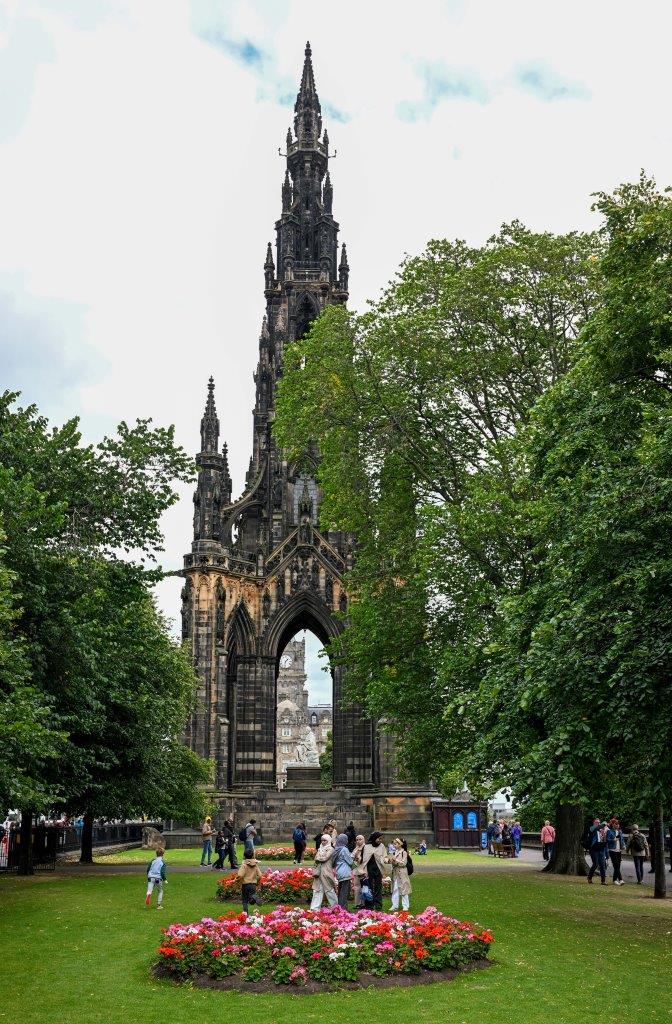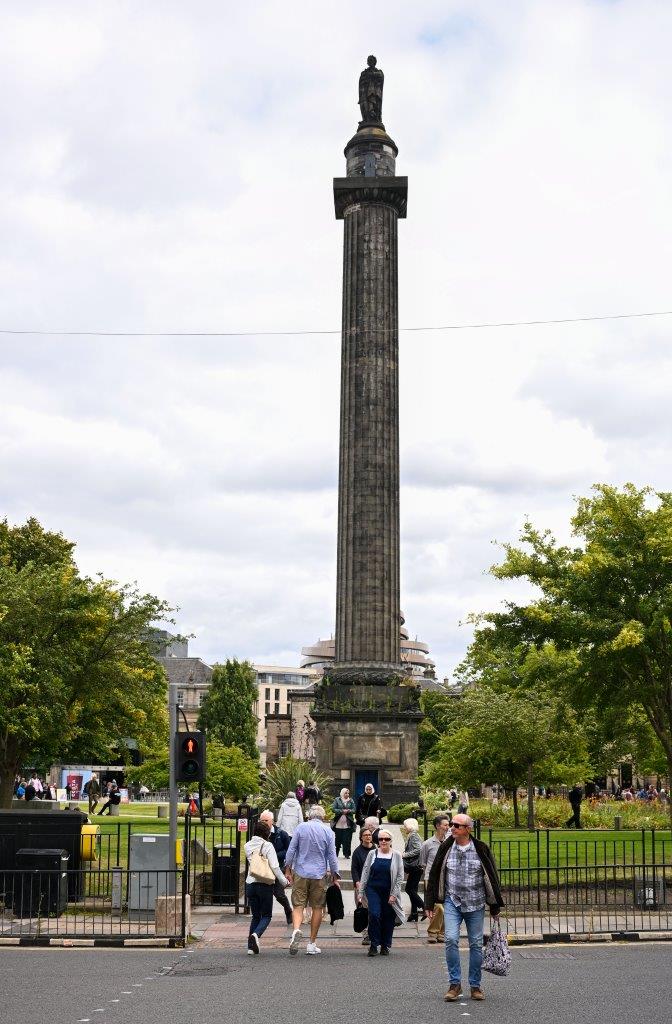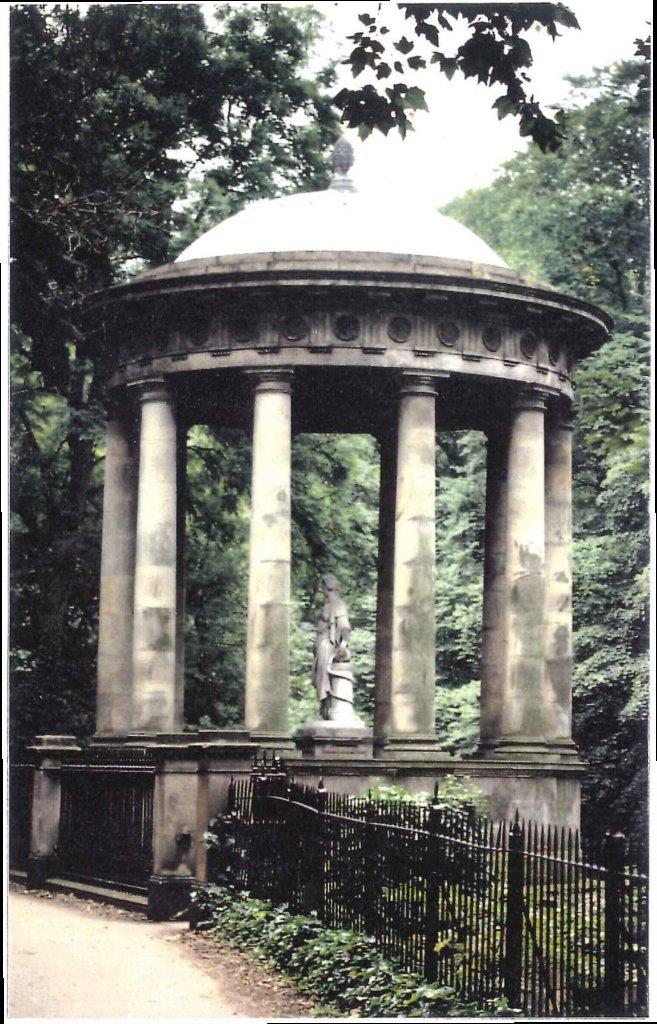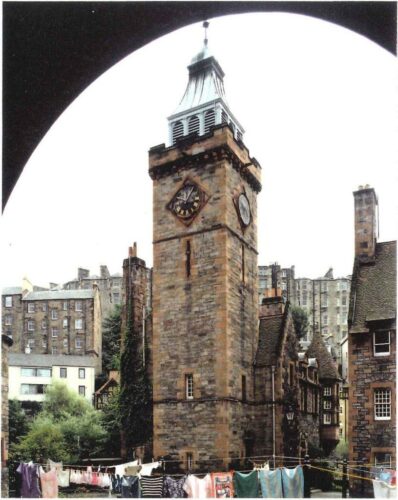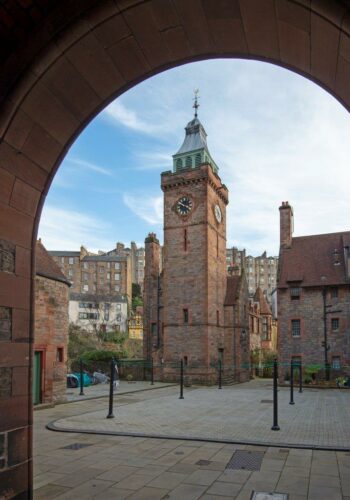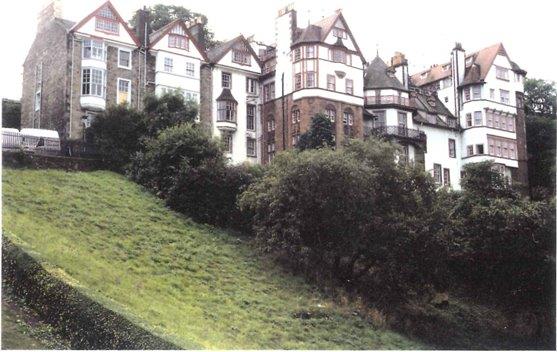Edinburgh celebrated its 900th anniversary as a city in 2024, now in 2025 it’s time to celebrate thirty years as a World Heritage Site!
The city’s origins go far back into pre-history, when the castle rock was first fortified. King David I made it a royal burgh by 1125, and as you can imagine, it’s changed a great deal since.
Jump to 1995, the significance of this city was recognised when The Old and New Towns of Edinburgh was added to the UNESCO World Heritage List.
Applying to UNESCO
Digital publications were not common in 1994, so the World Heritage Site nomination submitted to UNESCO was a printed document that had to be delivered in person to Paris! Now there is a fully accessible digital version available to everyone.
Looking at the nomination document is like travelling back in time to 1994. It doesn’t seem so long ago, but much has changed in the world around us.
This is true of Edinburgh too but the attributes of the site that make it of ‘Outstanding Universal Value’ remain. You can see it in the original nomination photos… Let’s take a look!
Old Edinburgh
The Old Town of Edinburgh has survived with its medieval ‘fishbone’ street layout almost intact.
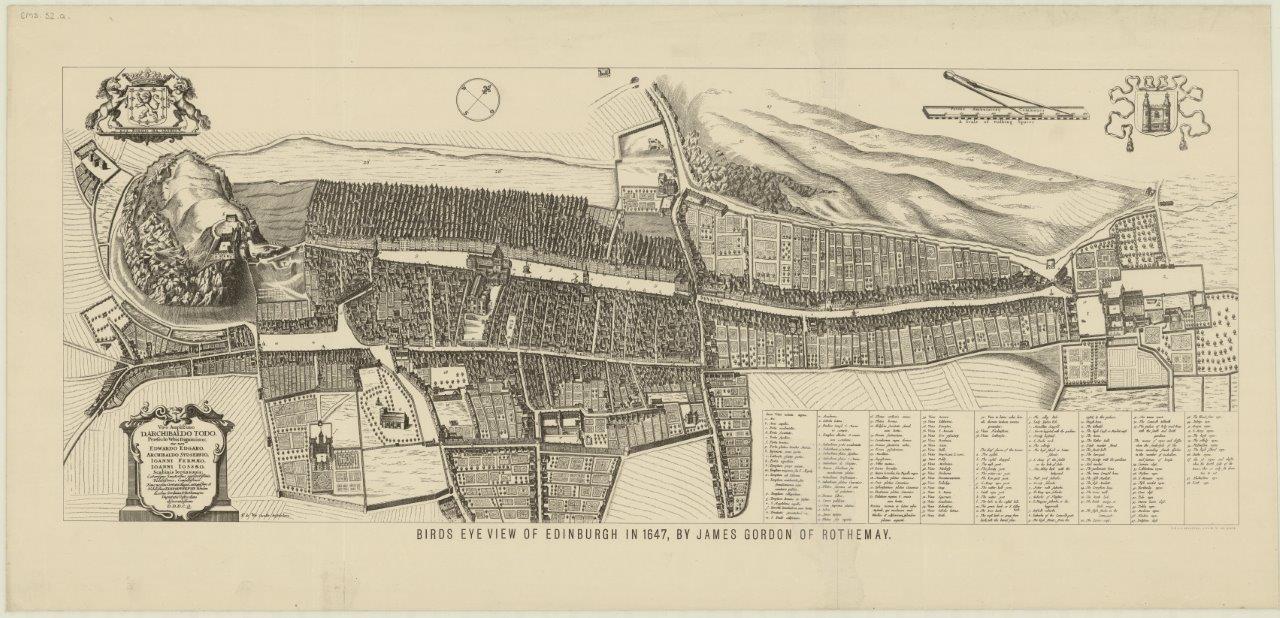
The Canongate tollbooth is one of the oldest buildings on the Royal Mile and had many uses. This includes as a courthouse, the burgh jail and for the town council to meet in. It was built in 1591 for Sir Lewis Bellenden, and his initials can still be seen above the arch into Tolbooth Wynd. The building now houses the People’s Story Museum as it did in 1994!
A historic city
At the other end of the Royal Mile are Parliament Square and St Giles’ Cathedral, which has been a working church for nearly 1000 years! Throughout that time, it has witnessed many significant events in Scottish history.
It was the parish church of John Knox during the Scottish Reformation. It is also home to the chapel of the Order of the Thistle and continues to host important civic and royal services. The coffin of HM Elizabeth II lay in state there in 2022 before starting its journey to London.
Just along from Parliament Square is the National Museum of Scotland in Chambers Street. The oldest part of the building is from the mid-19th century. Including the impressive Grand Gallery, a great hall of wooden ribbed construction with an expansive glass ceiling that floods the hall with light. The museum has been extended since 1994, but the Grand Gallery itself has not changed much at all.
Home of the Scottish enlightenment
Edinburgh played an important part in the Scottish Enlightenment of the 18th century, and this is recognised in its World Heritage Site status.
The University of Edinburgh was a centre of the Enlightenment and many of its students were directly involved in it. This includes David Hume, philosopher and economist, Joseph Black, chemist and James Hutton, the ‘Father of Modern Geology’.
During the same period Edinburgh had direct and indirect links with 18th and 19th century colonialism and transatlantic slavery. It’s important that we continue to research, understand and highlight the legacy of Edinburgh’s role in this history. You can read Edinburgh Council’s report on slavery and colonialism in Edinburgh here, or read our blog on Edinburgh’s links to the slave trade.
The influencer of his time
One of Edinburgh’s most famous students was Sir Walter Scott, a nineteenth century superstar. He was a poet, novelist, editor, critic and historian. Scott influenced the romantic way Scotland was – and still is – viewed around the world. His historical novels were based on real events but filled with fictional characters and were very popular!
He even organised the spectacular entrance of King George IV to Edinburgh in 1822 when tartan became fashionable again. Waverley Station is named after his first novel and the monument in Princes Street Gardens dedicated to him is a key feature of the city skyline to this day.
The New Town of Edinburgh
The planned New Towns led to Edinburgh being known as ‘the Athens of the North’. This was because the buildings within it were neoclassical, taking inspiration from ancient Greek and Roman architectural styles. They were built to a high quality and influenced 18th and 19th century urban architecture and town planning throughout Europe. The first part of James Craig’s planned new town was St Andrew’s Square.
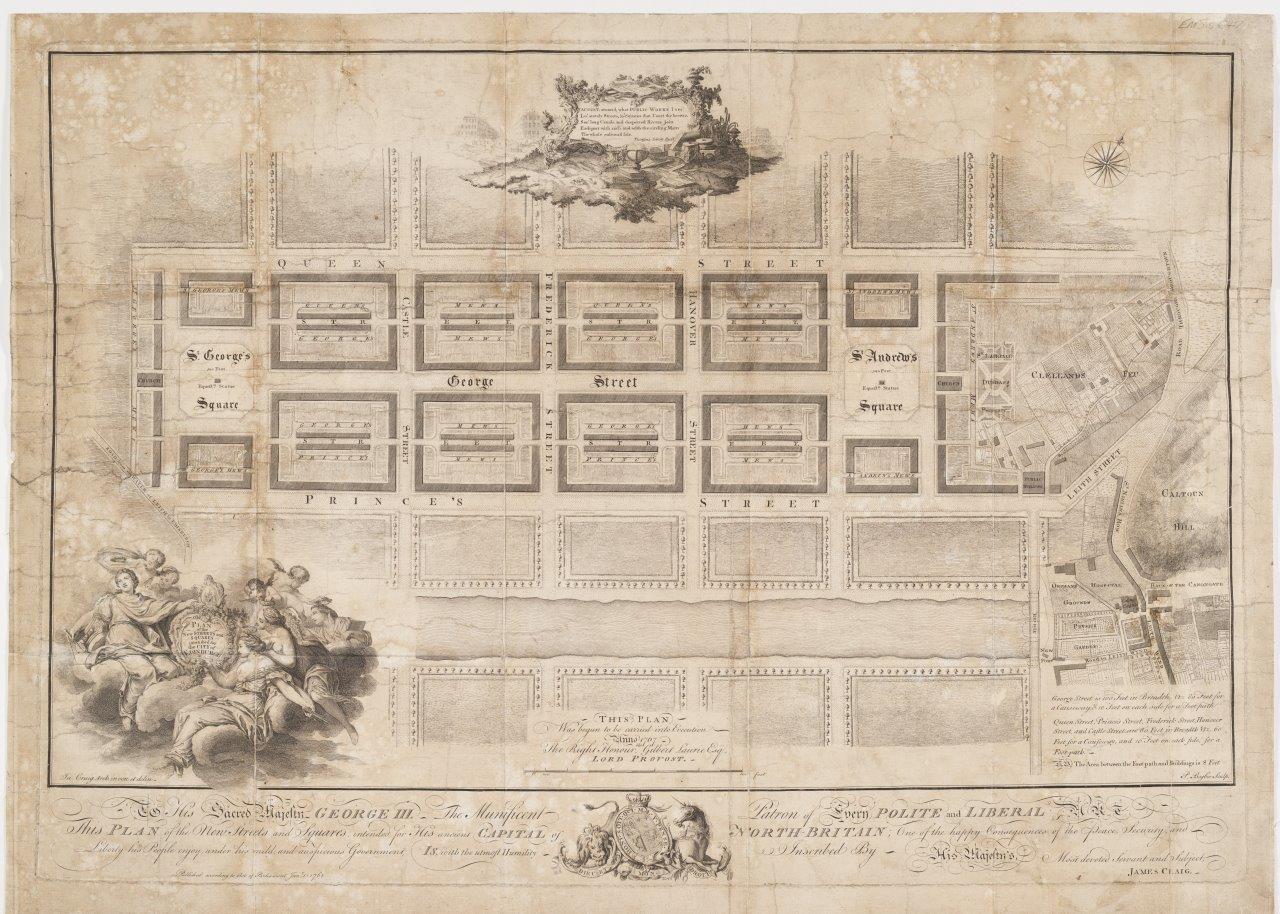
The grand town houses around the square were built for some of Edinburgh’s wealthiest people, including the Dowager Countess of Leven who features in one of our teaching packs!
She was in her 80s when she came to live in one of the newly built houses in St Andrew Square, close to her daughter the Countess of Northesk. When she moved in, the square was a building site with houses still being constructed, the gardens were full of mason’s shades (tents), and busy with the noise and dust of their work. Now the gardens are open to everyone and a great place to enjoy a summer’s day.
Seven towns
There were seven phases of New Town development. The fifth was the Raeburn Estate which incorporated some challenging topography including the deep valley which the Water of Leith runs through.
The Dean bridge was built to link the existing city and the new development. In 1760 a natural spring was discovered by three schoolboys fishing in the river. Alexander Naysmith was commissioned in 1788 to build a well and circular temple above that spring and people would drink the water as it was believed to cure illness. The temple has a statue of Hygeia, Greek goddess of health and cleanliness in it but was closed in the 1960s, because the water was too unhygienic!
Model living
The Dean Village is an idyllic part of the World Heritage Site, it was originally a small milling community next to the Water of Leith, that was then encircled by the Sixth New Town, the Dean estate. Only one of the great mills survived, together with a granary and some other buildings. Well Court was commissioned by John R Findlay of The Scotsman newspaper as affordable housing for the mill workers who still lived in the village.
As part of the living agreement, residents had to attend church at the community hall on a Sunday. Well Court Inspired the later work of Sir Patrick Geddes; it was built in the arts and crafts style which is not common in Edinburgh.
Protecting the past, for the future
Sir Patrick Geddes led the way in regenerating the now dilapidated Old Town in the late 19th and early 20th centuries.
Geddes was a remarkable man, once a biologist, he became a pioneer of urban regeneration. He transformed the Old Town with his method of ‘conservative surgery’ by restoring the finest houses and removing low-grade ones around them.
Narrow closes were widened changing them into courtyards, so residents had light and air, making some into ‘pocket’ gardens to benefit the communities around them. Geddes shaped the development of urban architecture and town planning throughout Europe and beyond.
In Edinburgh he protected many important historic buildings which can still be seen today, such as Riddles Court, he built Ramsay Gardens and inspired the renovation of White Horse Close
Time to celebrate
The management partners, City of Edinburgh Council, Edinburgh World Heritage and Historic Environment Scotland, are planning events and activities to mark the 30th anniversary until December 2026. These offer the opportunity to reflect on and celebrate the shared understanding of the site that has grown in this time.

The Old and New Towns of Edinburgh World Heritage Site is a fascinating place to learn about, with many stories to discover. At the heart of the World Heritage Site sits Edinburgh Castle with spectacular views across the city, it’s the perfect place to see all this special city has to offer.

Looking across Edinburgh from the castle in 2025 (© Neil Hanna)



